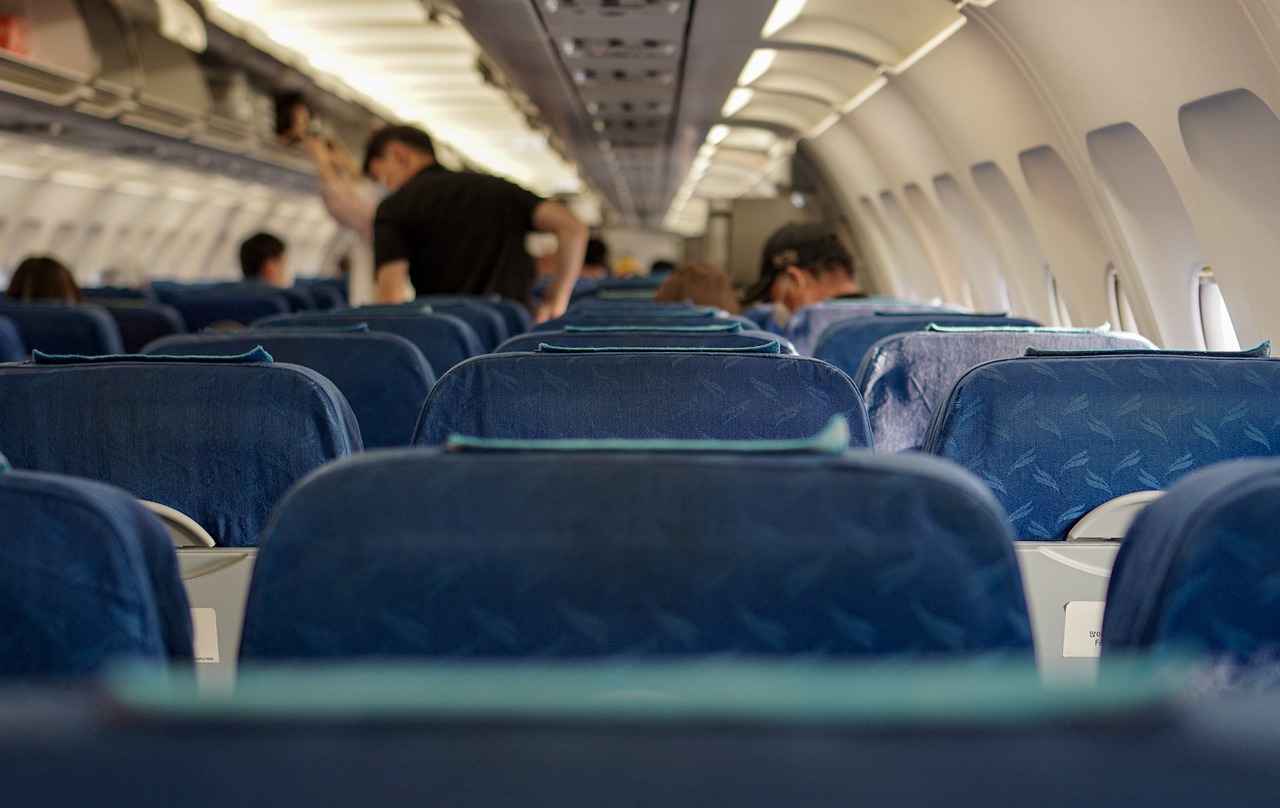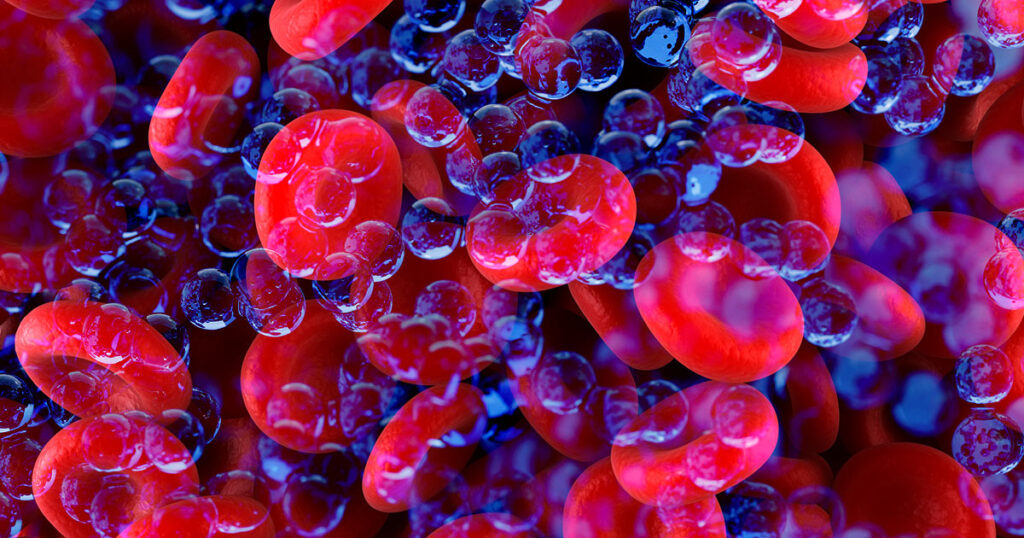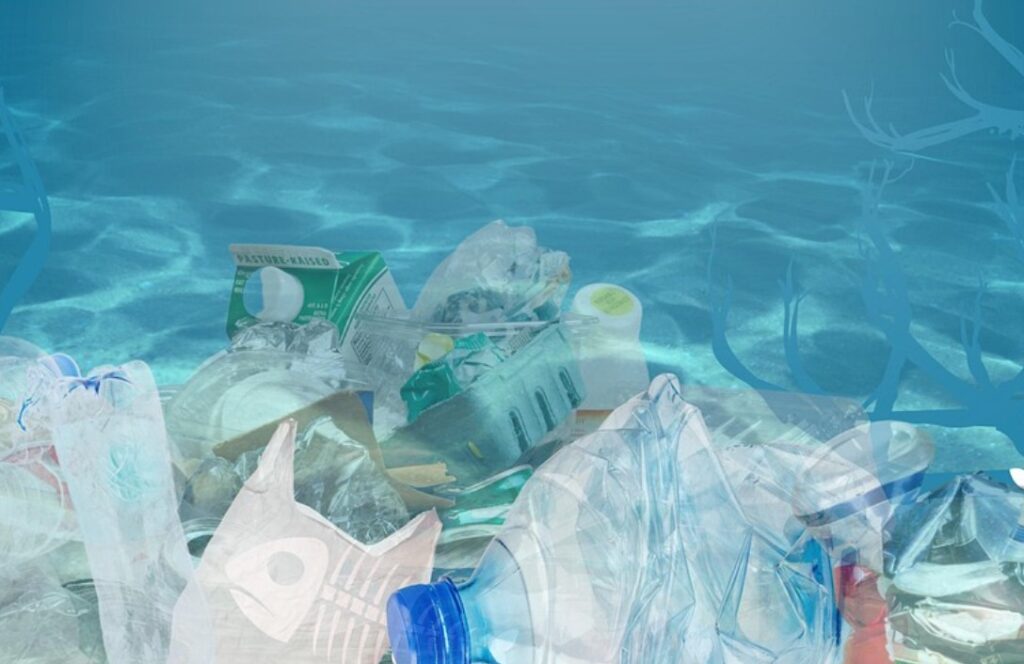The toilet is flushed thousands of times on an average medium-haul flight. This justifiably raises the question: What happens to all the wastewater?
The way an airplane works raises many mysteries, starting with the toilets and especially what happens to the waste water.
No, it doesn’t go straight up in the air
In the past, a blue liquid was used for wastewater disposal to carry toilet waste straight off the plane. The problem with this?
Large lumps of blue ice would often form and frozen excrement would cling to the aircraft. Not particularly hygienic and especially not for those who had to clean the plane.
Today, all toilet waste remains on board. With the help of a powerful vacuum system, they are sucked into tanks at the back of the aircraft. Thanks to the toilet system’s non-stick coating, all waste is released without much resistance and is quickly transported to the tanks.
As soon as the plane lands, the tanks have to be empty; otherwise, it cannot take off again. This is where the so-called “honey truck” comes into play. It is one of the first vehicles to arrive at the aircraft as soon as it has landed.
This truck has an 800-litre stainless steel tank and a suction pump that empties the aircraft’s tanks within ten minutes and disinfects them for the next flight. The truck’s load is then taken to the wastewater treatment plant, completing the circle.
- source: gentside.de/picture:
This post has already been read 7145 times!



